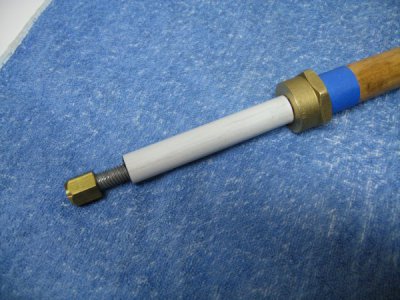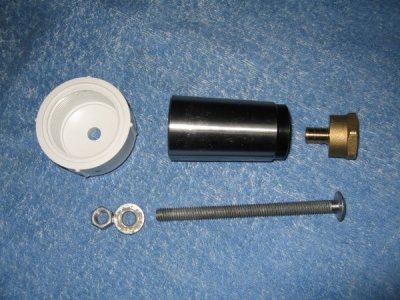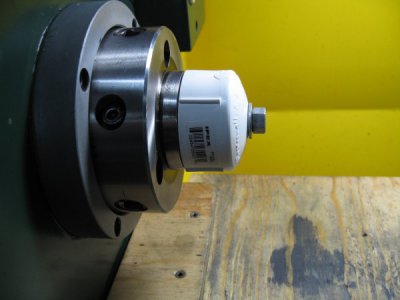For any lathe or dividing head that I may be liable to make spindle accessories, such as chuck backplates, face and driving plates, and the subject at hand, the "thread protector", or whatever, I always make a thread plug gage to exactly the same size as the spindle threads, verified by a 3 wire measurement or thread micrometer, when doing the threading, I use the gage to fit the threads to the degree of clearance desired. Once made, It is ready for the next job. Making plug gages does not need to take a lot of time, and adds much in the way of precision fit for threads that are not standard in the strict sense of the word, as in coarse and fine series. In Machinery's Handbook there is tabular data of all the "special" thread series with pitch diameters, so the gage you make can be truly made to the standard.




